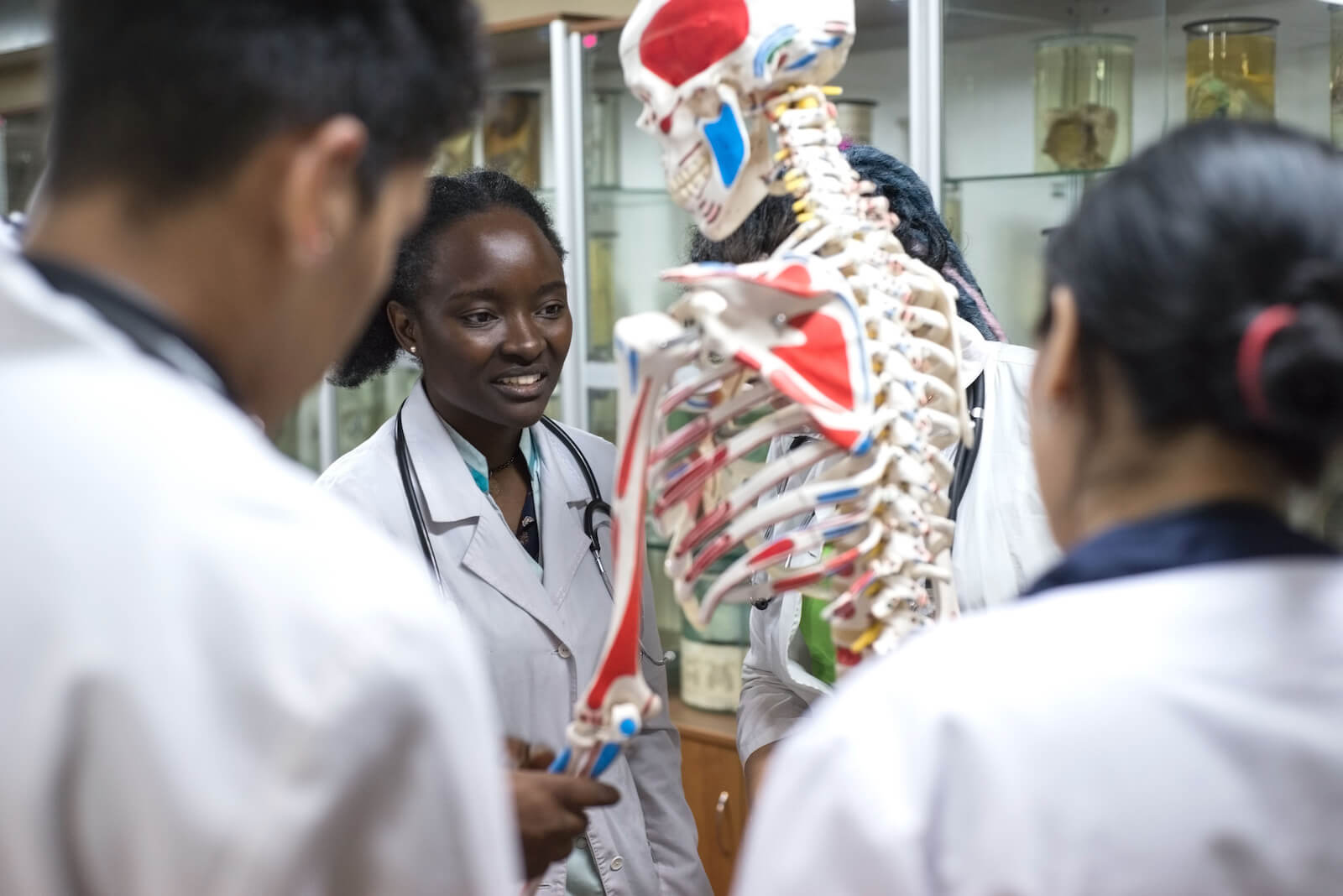Physical therapy is a dynamic and rewarding profession dedicated to enhancing mobility, alleviating pain, and promoting overall health and wellness. It’s a career that demands both technical knowledge and interpersonal skills to work with patients from diverse backgrounds. But how long does it take to don the mantle of a physical therapist (PT)? The journey, while fulfilling, requires years of academic and clinical preparation. Let’s explore the timeline and steps involved.
Bachelor’s Degree (4 years)
Typically, the path to becoming a PT begins with a bachelor’s degree. While there isn’t a specific “pre-physical therapy” undergraduate program, most students opt for majors like biology, exercise science, or kinesiology. This 4-year degree provides the foundational knowledge required for advanced studies in physical therapy.
During these years, students also focus on completing prerequisites for PT school. These often include courses in anatomy, physiology, biology, chemistry, and physics. It’s essential to maintain a competitive GPA and engage in related extracurricular activities to improve one’s chances of acceptance into a PT program.
Doctor of Physical Therapy (DPT) Program (3 years)
Once you have your bachelor’s in hand, the next step is the Doctor of Physical Therapy (DPT) program. This program is generally a full-time commitment lasting three years. While shorter than most other doctoral programs, it’s a doctoral program all the same.
Throughout these three years, students are immersed in both classroom and clinical training. The coursework is intensive, covering topics like biomechanics, human growth and development, kinesiology, and neuroscience.
Moreover, DPT programs incorporate multiple clinical internships. These hands-on experiences allow students to apply their classroom learning in real-world settings under the supervision of licensed PTs.
Licensure Examination (The NPTE and Beyond)
The National Physical Therapy Examination (NPTE) is a critical gatekeeper to the profession. Administered by the Federation of State Boards of Physical Therapy (FSBPT), this exam is designed to assess a candidate’s ability to practice as an entry-level PT. It encompasses topics ranging from evaluating and examining patients to interventions and therapeutic modalities.
While the examination itself is a day-long event, preparation can span several months. Preparation often involves structured study schedules, multiple mock exams, and specialized study materials. Some also join study groups, engage in online forums, or invest in preparatory courses to bolster their knowledge.
While passing the NPTE is a universal requirement across the U.S., each state may have additional criteria. Some states require background checks, jurisprudence exams (assessing knowledge of state-specific practice laws), or other supplemental assessments.
Optional Residency/Fellowship (1-2 years)
For PTs looking to specialize early in their careers, residencies offer structured learning and hands-on experience in a specific area. These post-professional programs are designed to advance a PT’s preparation as a provider of patient care services in a defined area of clinical practice. They combine opportunities for ongoing clinical supervision with the theoretical basis for advanced practice and clinical decision-making.
Fellowships, on the other hand, are meant for PTs who have completed a residency or have substantial experience in a particular specialty. They provide a deeper dive into a sub-specialty area, offering a greater degree of focus than residencies. For instance, after completing a residency in orthopedic physical therapy, one might pursue a fellowship in hand therapy or manual therapy.
Beyond the enhanced knowledge and skills, completing a residency or fellowship can elevate one’s career prospects. They can open doors to roles in teaching, research, or even leadership positions within the specialty. Depending on each program’s intensity and focus, this additional training can take between one to two years.
Continuous Professional Development
The field of physical therapy, like most healthcare professions, is ever-evolving. Research unveils new methodologies, technology introduces novel treatment modalities, and patient demographics shift. To ensure PTs stay current, every state mandates a certain number of Continuing Education Units (CEUs) for license renewal. For example, Colorado maintains that PTs must attain 30 hours of Professional Development Activities (PDA) to renew their license.
Fortunately, PTs have a buffet of options when it comes to CEUs. From hands-on workshops to online seminars, from research publications to conference participation, the avenues for learning are diverse. The key is to choose those that align with one’s practice focus and career goals.
Associations like the American Physical Therapy Association (APTA) not only offer CEU opportunities but also provide platforms for networking, collaboration, and advocacy. Regular participation in such forums fosters professional growth and can pave the way for leadership roles within the community.
The Lifelong Journey of a Physical Therapist
The journey to becoming a physical therapist is not a short one. With a 4-year bachelor’s degree followed by a 3-year DPT program, we’re looking at a solid seven years of education. Factor in potential residencies or fellowships, and the timeline might extend to eight to nine years. However, this doesn’t account for the time spent preparing for and passing the licensure examination.
Nevertheless, the rewards of the profession often outweigh the duration of preparation. Physical therapists make meaningful differences in people’s lives daily, aiding them in regaining movement, independence, and a higher quality of life. The extensive education and training ensure that PTs are well-equipped to tackle diverse patient needs and are an essential testament to the profession’s commitment to excellence.
If you’re considering this path, remember that while the journey might be long, the destination — a fulfilling career helping others regain their mobility and zest for life — is undoubtedly worth it.
As we’ve traversed the extensive and enriching journey of becoming a physical therapist, it’s evident that the core of the profession lies in providing personalized, advanced, and effective care. It’s centers like the Denver Integrated Spine Center that exemplify this ethos. Located at the heart of Denver, it stands as a premier multidisciplinary injury recovery and rehabilitation haven.
Whether you’re grappling with chronic back pain, shoulder discomfort, neck pain, or other musculoskeletal challenges, their seasoned team of chiropractic doctors and physical therapists bring to the table innovative treatments and techniques. If you’re in Denver and seek a place that unites knowledge with effective practice, look no further. Reach out to Denver Integrated Spine Center and ensure you’re in the best hands for your journey to wellness.

